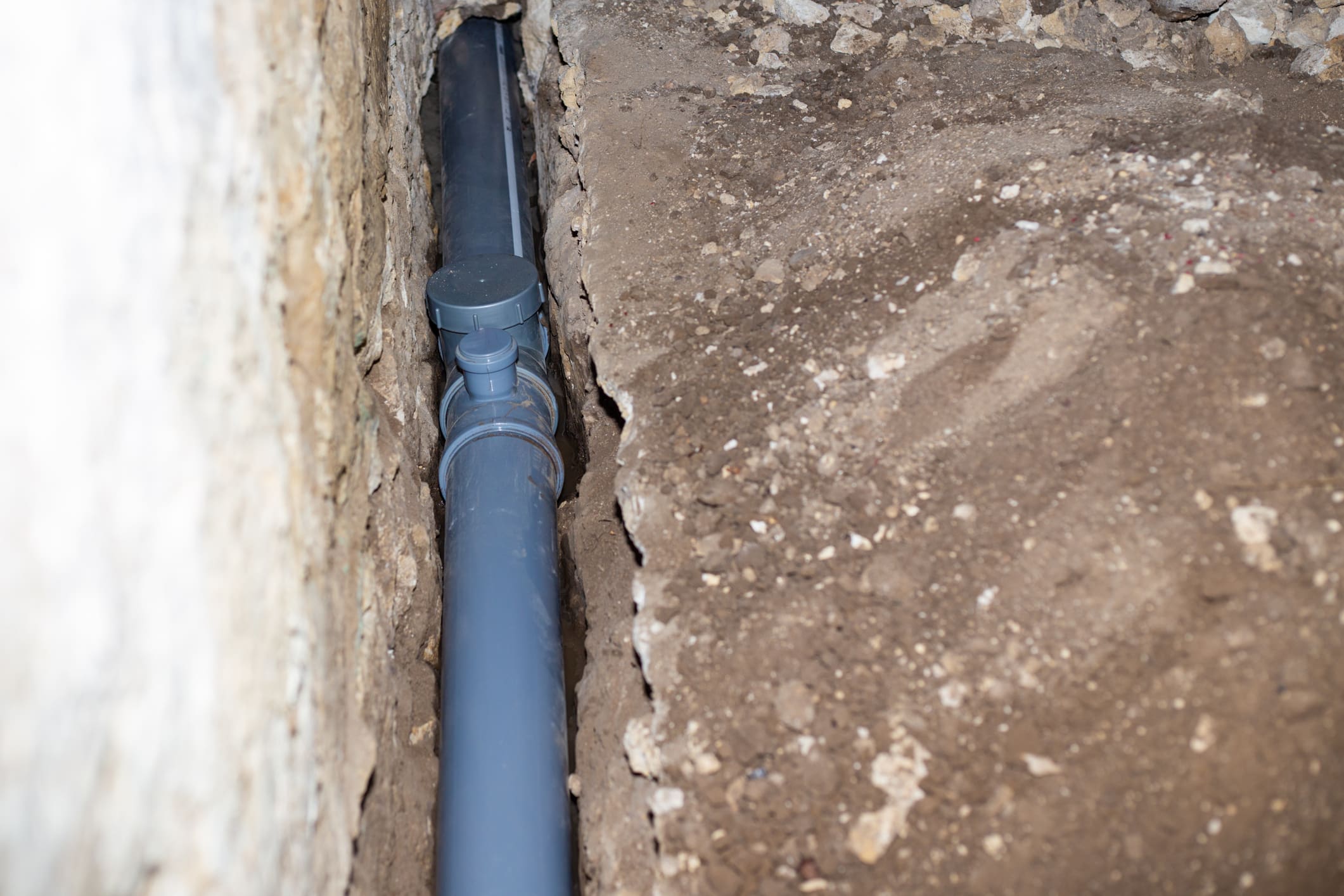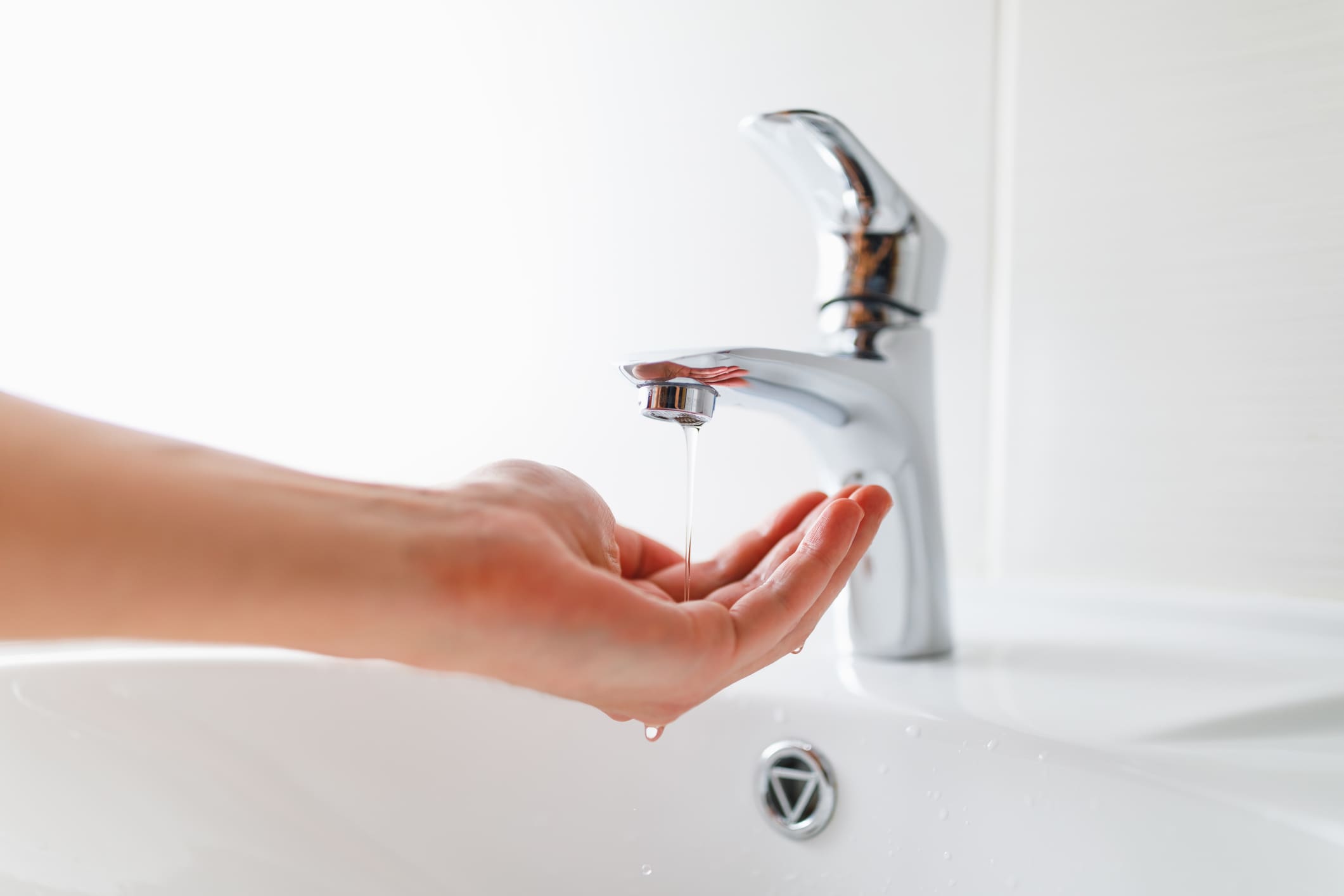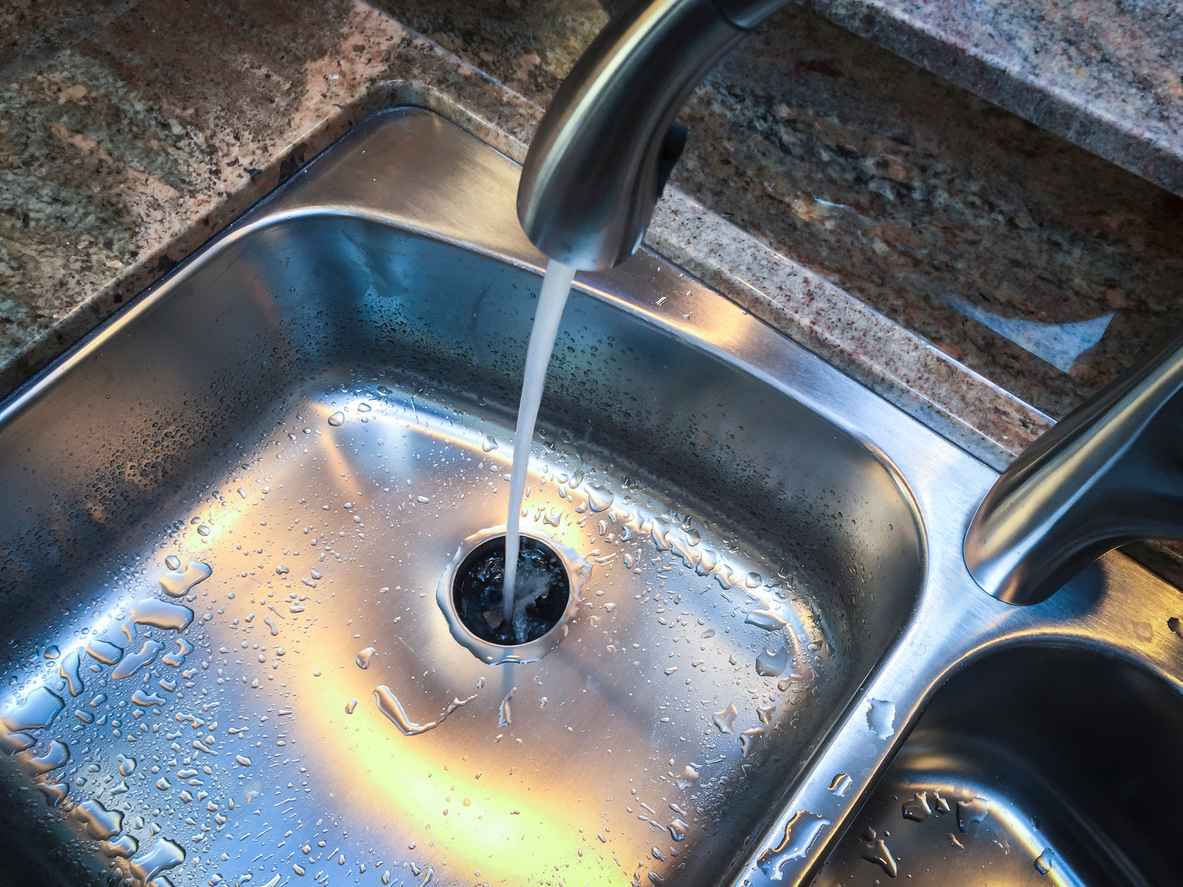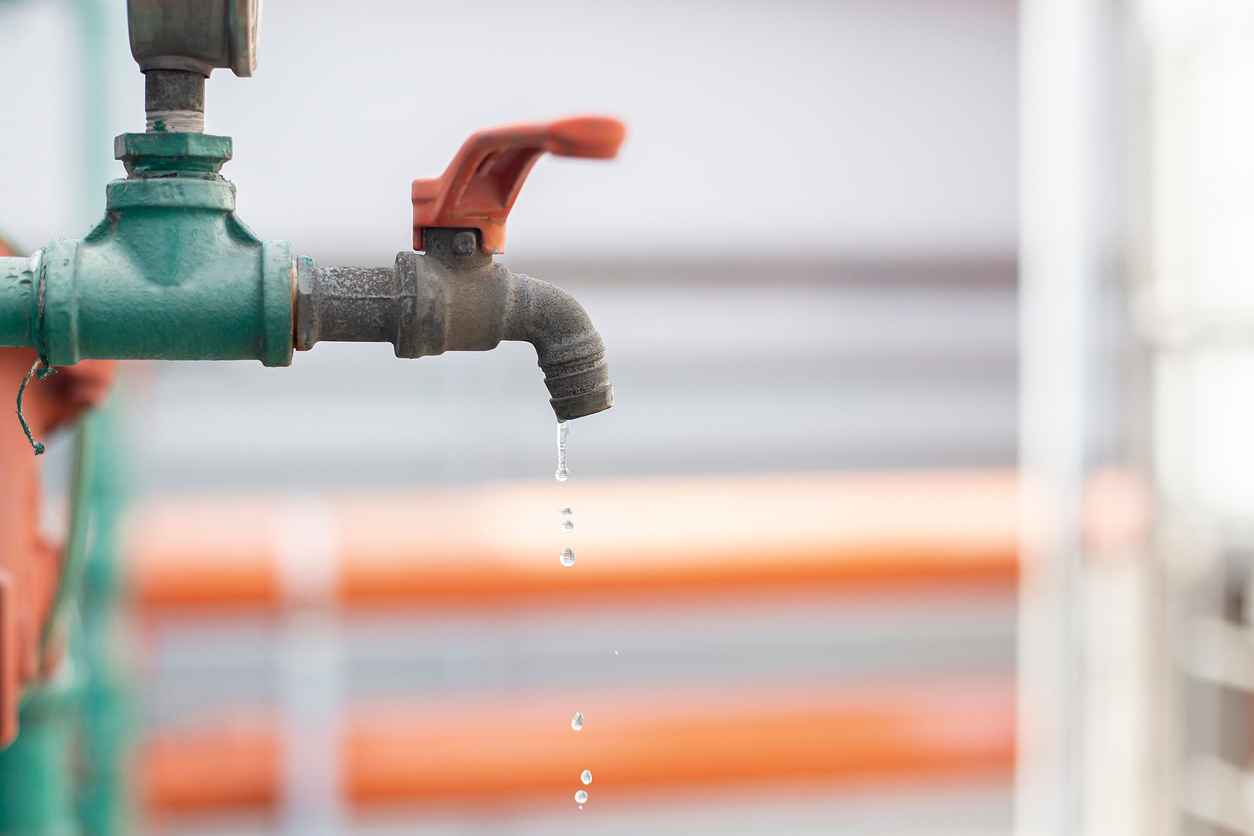absolute plumbing Inc.

The Importance of Backflow Prevention in Your Plumbing System
Backflow in a plumbing system can pose serious risks to your home’s water supply, potentially introducing contaminants and pollutants that jeopardize health and safety. Absolute Plumbing emphasizes the critical role of backflow prevention devices in maintaining the purity of your water. This guide explores the importance of these systems, how they work, and the steps homeowners can take to safeguard their water quality.
Understanding Backflow
Backflow occurs when the normal direction of water flow reverses due to changes in pressure, allowing contaminated water from ground sources, pools, or other non-potable sources to enter the clean water supply. Two main types of backflow are backpressure backflow, caused by higher pressure in the system, and backsiphonage backflow, resulting from negative pressure or vacuum in the water supply line.
The Role of Backflow Prevention Devices
Backflow prevention devices are engineered to ensure water flows only in its intended direction, thereby preventing any chance of contamination. These devices are especially crucial in systems where there is a significant risk of contamination, such as homes with irrigation systems, swimming pools, or fire suppression systems. Different types of backflow preventers, including air gaps, pressure vacuum breakers, reduced pressure zones, and double check valves, are designed to meet specific needs and regulatory standards.
Why Backflow Prevention is Essential
The primary importance of backflow prevention is protecting public health. Contaminants that can enter the water supply through backflow include pesticides, fertilizers, human waste, and chemicals, posing severe health risks. Furthermore, regulatory compliance is a critical aspect, as local and national codes often require backflow prevention devices in certain residential and commercial installations to protect the broader community’s water supply.
Maintaining Your Backflow Prevention Device
Regular maintenance and testing of backflow prevention devices are paramount to ensure they function correctly. Many municipalities require annual testing by a certified professional to verify that the devices are operating effectively. Homeowners should familiarize themselves with local regulations regarding backflow prevention and ensure compliance to avoid penalties and, more importantly, safeguard their water supply.
Installing Backflow Preventers
Installation of backflow preventers should be performed by licensed plumbers or certified backflow prevention device installers. Proper installation not only ensures the device functions as intended but also complies with local building and plumbing codes. For homeowners considering the addition of features like irrigation systems or swimming pools, consulting with a plumbing professional about backflow prevention is a crucial step in the planning process.
When to Consult a Professional
If you’re unsure whether your home requires a backflow prevention device, or if you need to install or service an existing device, consulting with a professional plumber is advisable. Absolute Plumbing can provide expert advice, installation, and testing services to ensure your plumbing system is equipped to protect your home’s water quality effectively.
Conclusion: Prioritizing Water Safety
The implementation of backflow prevention devices in your plumbing system is an essential measure for protecting your home’s water supply from contamination. By understanding the importance of these devices, ensuring proper installation and maintenance, and complying with local regulations, homeowners can play a vital role in safeguarding public health and ensuring the integrity of the community’s water supply. Absolute Plumbing is dedicated to providing the expertise and services needed to maintain safe and compliant plumbing systems in homes and businesses alike.







